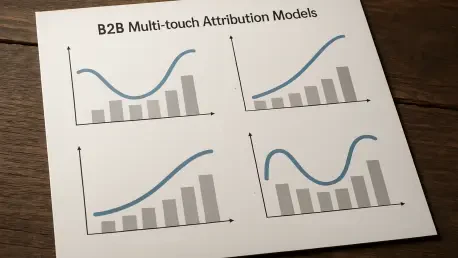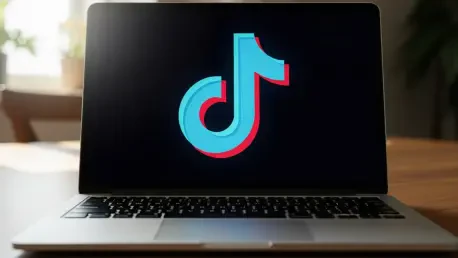
Over 80% of buyers use digital channels to interact with products and make purchasing decisions. This whopping figure highlights the importance of a strong online presence in driving sales and engagement. Rising customer expectations, tighter budgets, evolving privacy laws, and longer buyer

B2B sales cycles are complex, involving multiple touchpoints and stakeholders, and often taking months to close a deal. To navigate this, companies use multi-touch attribution to clarify the buyer's journey and pinpoint how marketing and sales contribute to success. However, implementing this can

B2B marketing leaders are gearing up for 2026 with bigger budgets and higher expectations. According to a recent Forrester report , 83% of decision-makers predict their investments will grow in the next year. Nevertheless, the current economic and geopolitical issues still require careful

Influencer programs win impressions, but they rarely move procurement, shorten deals, or raise lifetime value. In B2B, trending content is fine—until your CRO asks for pipeline impact. Most programs stop at impressions, with only a small fraction ever tied to qualified opportunities or revenue.

Social media is a method to increase brand awareness and customer engagement because 90% of buyers use it to keep up with relevant trends. It is easily accessible, free, and a great marketing channel for businesses looking to expand their reach. Marketers who can get a large audience to engage with

It’s clear now more than ever that TikTok is the future of any well-fleshed marketing strategy—and the key to reaching a large, varied B2B audience open to interacting with your services. There’s a good reason for it, too. TikTok is one of the most powerful social media platforms, and the ideal